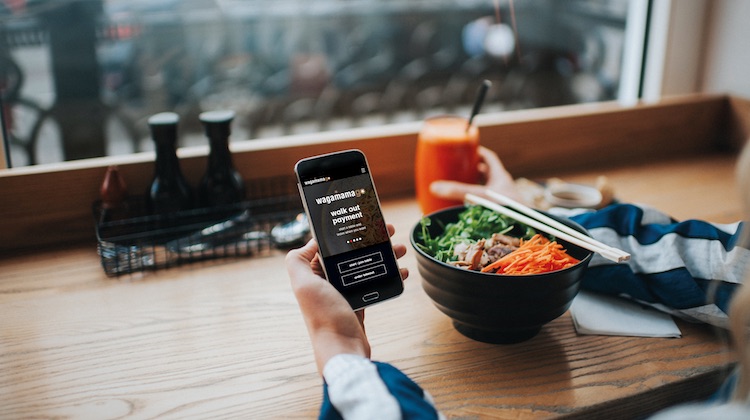Payments
How UK restaurant Wagamama is making payments ‘invisible’
- U.K.-based restaurant chain Wagamama released a 'pay and go' feature, offering customers the option to bypass the checkout step
- U.S. restauranteurs face culture and technology hurdles before seamless 'pay and go' capabilities become common








